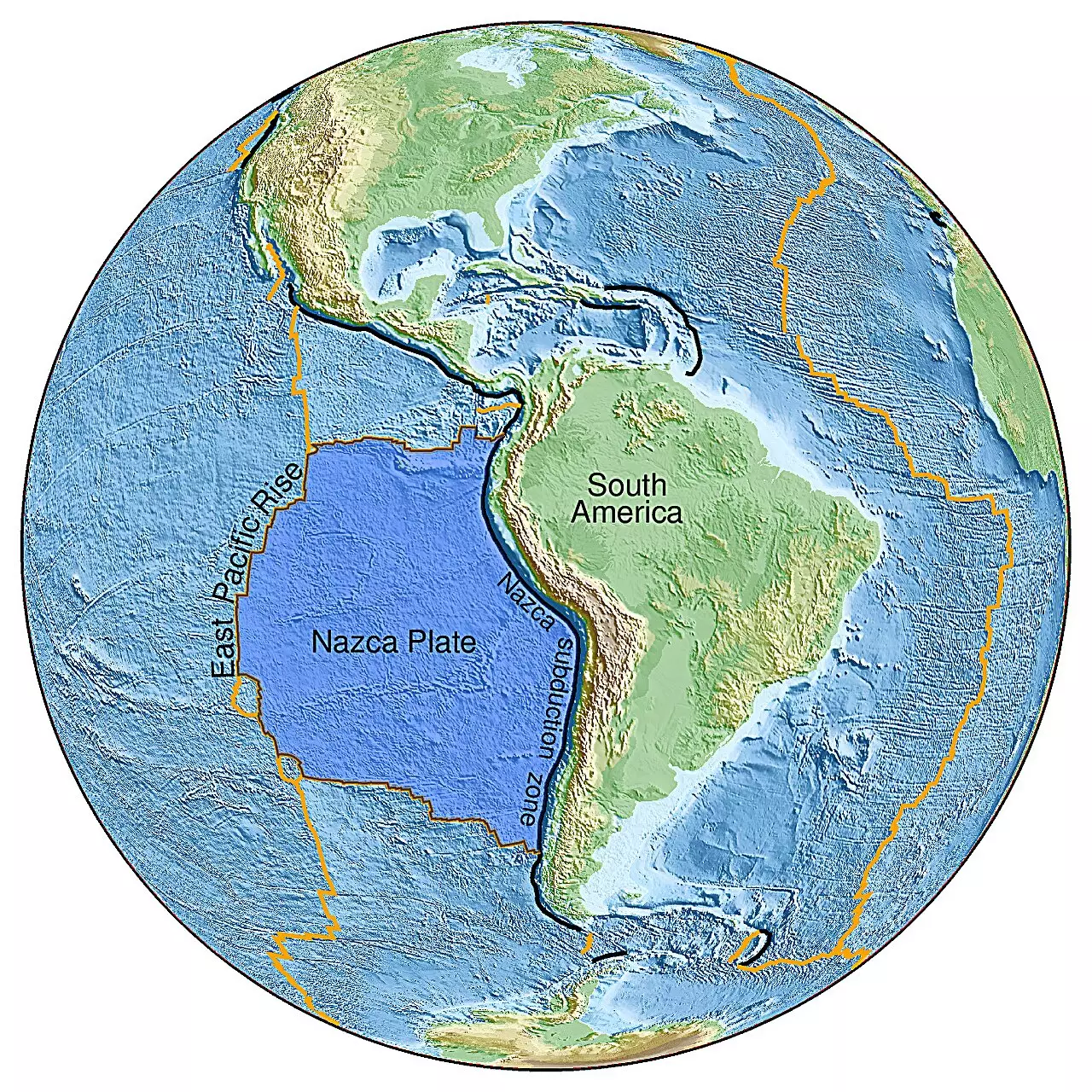Recent research led by the University of Maryland has shaken the foundations of our understanding of Earth’s internal structure. A remarkable discovery onto an ancient seafloor, which sank into the Earth during the age of dinosaurs, was made in the East Pacific Rise—an area characterized by active tectonic movements. This new evidence enhances our comprehension of the dynamic processes that have shaped our planet over millions of years and opens up new avenues of inquiry regarding the interaction between the surface and the deep Earth.
Unearthing the Discovery
This groundbreaking study was published in the journal Science Advances on September 27, 2024, and was spearheaded by postdoctoral researcher Jingchuan Wang, alongside esteemed geologists Vedran Lekic and Nicholas Schmerr. Utilizing cutting-edge seismic imaging techniques, the team was able to peer into the mantle, revealing intricate details of the transitional layer located between 410 and 660 kilometers beneath the Earth’s surface. Their findings indicate an exceptionally thick section in this region, suggesting a possible link to the Pacific Large Low Shear Velocity Province (LLSVP) —a vast area within the lower mantle that has perplexed scientists for decades.
Subduction, the geological phenomenon where one tectonic plate slides beneath another, plays a pivotal role in recycling Earth’s materials. Traditionally, geologists have relied on rock samples and surface sediments to study this process. However, Wang and his team have taken a more innovative approach, opting to analyze seismic waves traveling through the ocean floor. This method allows for the reconstruction of the hidden structures within the mantle, akin to a CT scan revealing the anatomy of the human body.
The implications of their findings are substantial. Wang remarks that the thickened area they discovered acts like a “fossilized fingerprint” of the ancient seafloor which plunged into the Earth approximately 250 million years ago. This revelation offers unprecedented insight into Earth’s historical geological activities and enhances our ability to connect the characteristics of deep Earth structures with surface phenomena.
A New Understanding of Material Movement
The research yielded surprising results regarding the velocity of material movement within Earth’s interior. The scientists observed that the ancient subduction slab was sinking at about half the speed previously expected. This revelation challenges the long-standing assumption that these slabs descend rapidly into the depths of the mantle. Instead, it appears that some oceanic slabs may become “stuck” within the transition zone due to the presence of colder materials, acting as a barrier and significantly altering how we understand geological processes.
Wang emphasizes that this discovery raises new questions about the interplay between deep Earth dynamics and surface geology. The findings suggest that the mantle transition zone may also serve as a significant player in controlling the rate at which subduction occurs, thus reshaping our concepts of tectonic activity and material cycling.
Looking forward, the research team’s ambition does not end with this discovery. They plan to expand their studies across various regions of the Pacific Ocean and beyond, aiming to construct a more detailed map of ancient subduction and upwelling zones. This expanded research could further illuminate the profound effects these geological phenomena have on both deep and surface structures of the Earth.
As Wang and his colleagues navigate through this uncharted territory, they anticipate uncovering many more ancient structures residing in America’s geological depths. Their innovative seismic data lays the groundwork for refining models that describe the historic movements of tectonic plates, potentially revolutionizing our understanding of geological history.
The findings illuminated by Wang and his team signify a new chapter in the study of Earth’s complex inner workings. By applying advanced seismic imaging to reconstruct the intricate relationships between our planet’s deep interior and its surface expressions, we are gaining a clearer understanding of the natural processes that have governed Earth’s evolution over millions of years. This research not only challenges existing theories but invites future inquiries into the mysteries that still lie beneath our feet, promising exciting revelations about our planet’s past and its ongoing transformation.


Leave a Reply